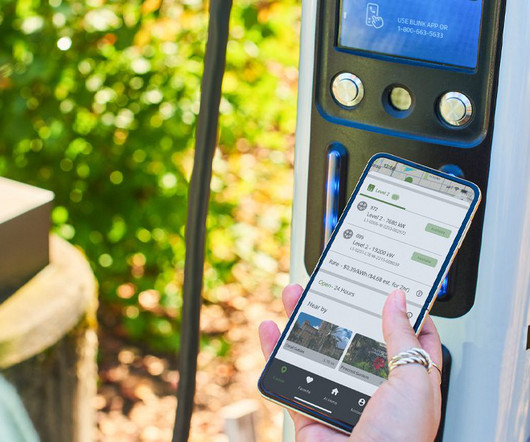Take a detailed look at 7 types of energy storage batteries
Setec Powerr
NOVEMBER 29, 2022
Not only that, but energy storage is also an important research direction in the field of electric vehicles. A battery is a device for energy conversion and storage, which converts chemical or physical energy into electrical energy through a reaction. A physical battery is a device that converts physical energy into electrical energy.











Let's personalize your content